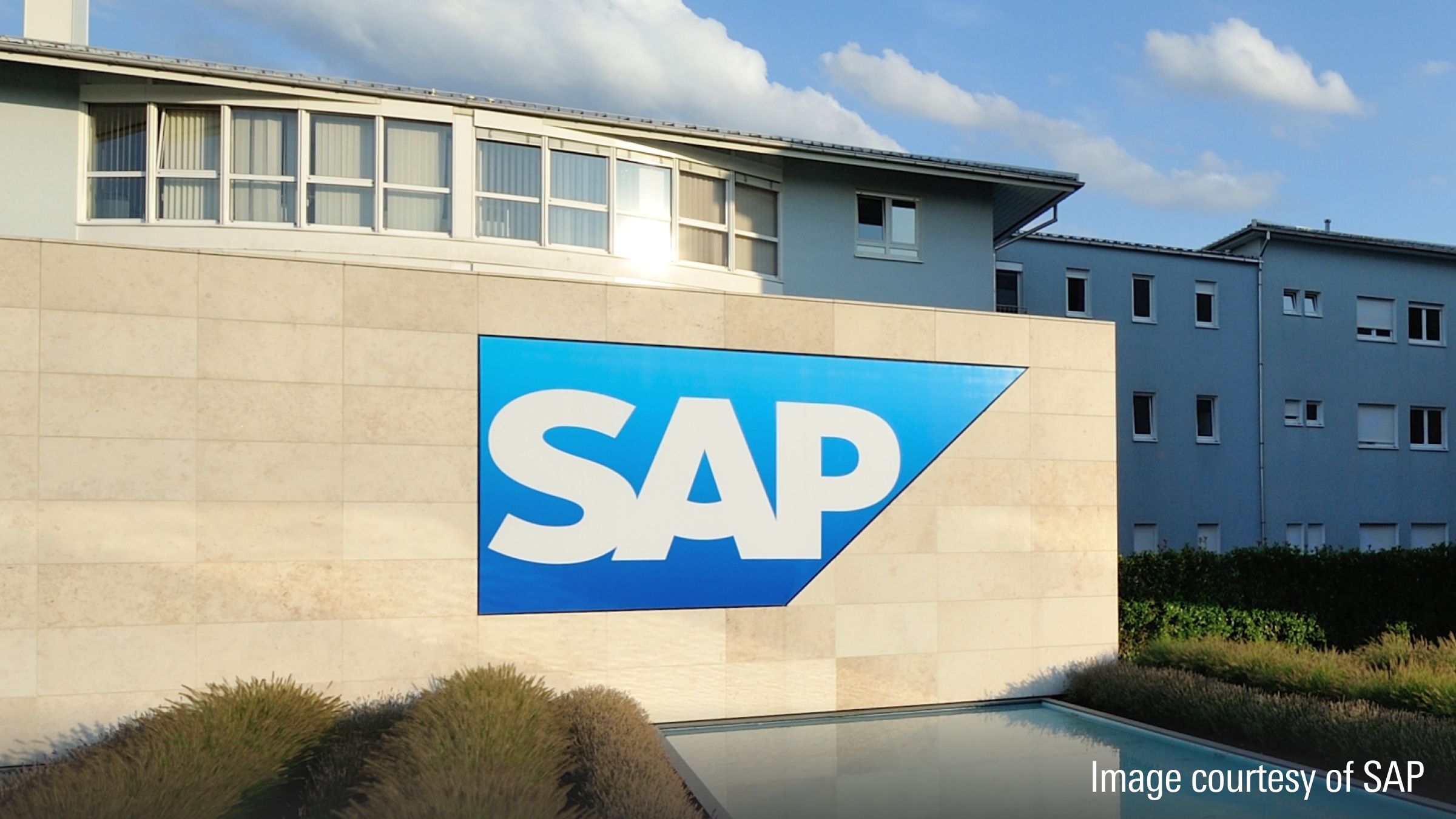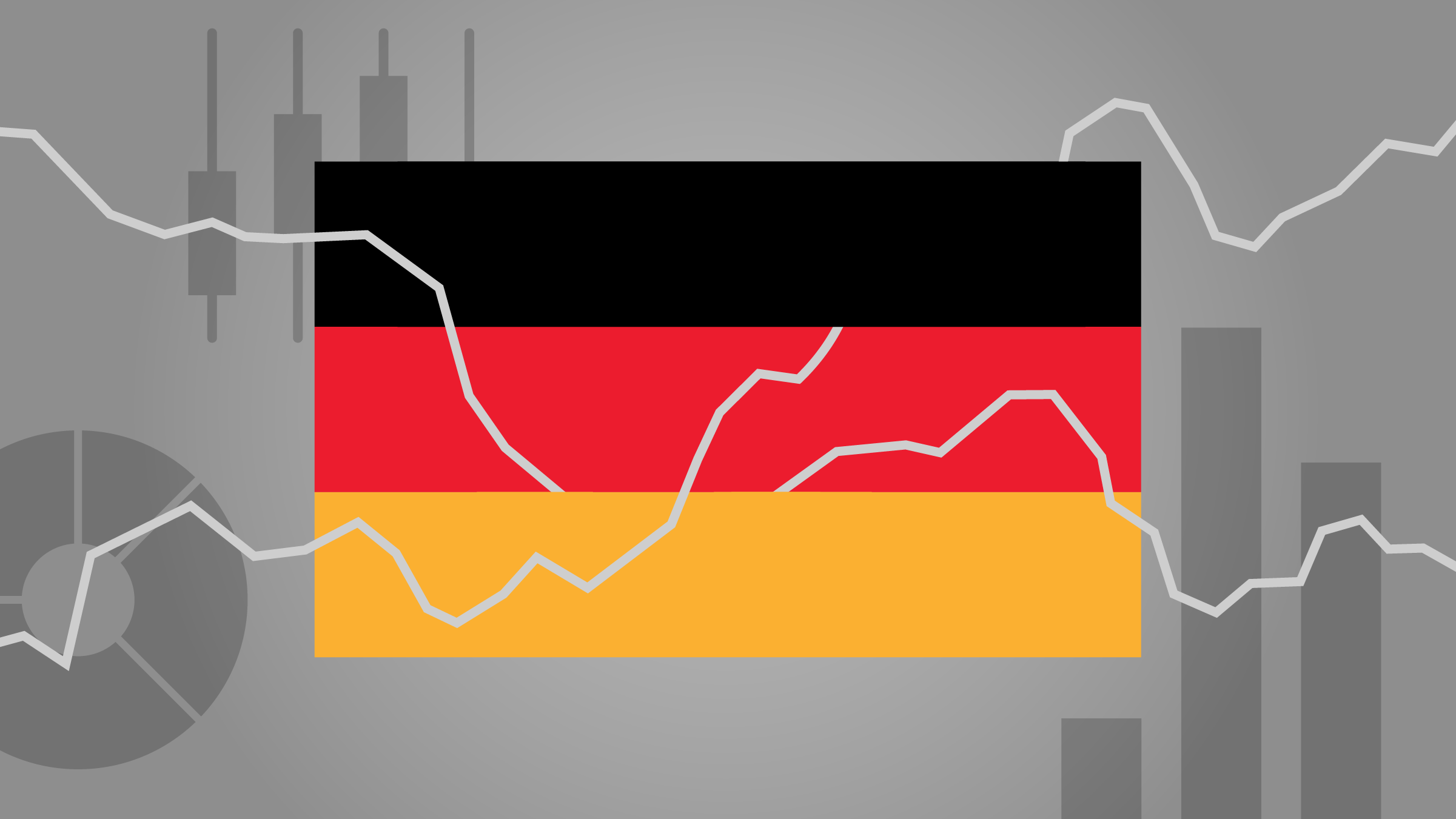Rolle im Portfolio
The UBS-ETF plc CMCI Composite offers broad commodity exposure by tracking the UBS Bloomberg CMCI Composite index, which covers 27 commodities in the energy, agriculture, and metals subsectors. Unlike traditional commodity indices that roll front-month contracts only, the CMCI Composite attempts to minimise the effects of negative roll yield by holding a diversified mix of futures contracts along the maturity curve for each of its constituent commodities. Over the past three and five year periods, the CMCI Composite index’s rolling methodology appears to have been successful at mitigating negative roll yield, as it has outperformed its more traditional peers (e.g. S&P GSCI, Reuters/Jefferies CRB, Rogers International, and DJ-UBS) as measured in terms of both absolute and risk-adjusted returns.
Historically, commodities have been sought out by investors to increase their risk-adjusted returns given their low to negative correlation with equities and fixed income securities. In recent years, investors have seen trailing five-year correlations for broad-basket commodity indices and equities (DJ UBS Commodity and Reuters/Jefferies CRB) go from near 0% in 2006 to upwards of 65%, in 2011 as measured against the STOXX Europe 600 and the MSCI World indices. In line with its peers, the CMCI Composite index has exhibited a similar level of correlation (~70%) to the STOXX Europe 600 and MSCI World indices.
Despite this rise in correlation, commodities have not lost all of their investment appeal. An exchange-traded product tracking a broad basket of commodity futures can still be utilised as a role player in a well diversified portfolio to hedge against unexpected inflation.
Fundamentale Analyse
The CMCI Composite index provides investors with constant maturity exposure across a broad spectrum of commodities, including energy, agriculture, and industrial metals. Representing 35% of the index, the energy sector's performance is largely driven by its largest constituent commodities, Brent and WTI crude oil. Oil prices tend to be driven, by global economic activity, OPEC actions, and geopolitical events. In recent years, production and inventory levels for WTI have been on the rise primarily due to the proliferation of horizontal drilling techniques and the completion of a transnational pipeline connecting Canadian oil reserves to the Cushing hub--where WTI prices are set. As a result, WTI crude oil's futures price performance has been less robust -- approximately 14.4% on an annualised basis over the past three years. By comparison, Brent futures returns have posted ~32.4% annualised returns over the same timeframe due in large part to supply-side disruptions in the Middle East during 2011 and tensions regarding Iran's exports in 2012. Going forward, with the continued urbanisation of emerging market economies and the absence of any suitable substitutes, demand for crude oil shows no signs of abating. Since crude oil is a depletable resource which cannot be recycled, economic theory would suggest that as the world's consumption of oil increases (or even remains constant), oil prices must increase in the long run due to a diminishing level of supply and a lack of available substitutes.
In recent years, agricultural commodities (~29% of the index value) have seen increased investor interest due to escalating demand and diminishing supply as populations continue to grow and arable land grows scarcer. While population growth rates are expected to decline over the next few decades, population growth is still expected to be positive. In fact, the World Bank predicts that within the next 35 years roughly 2.5 billion people will be added to the current population of 7 billion. The absolute increase in population levels implies a greater need for food. Despite a bullish medium-to-long term outlook, agricultural commodities are not without their share of risk as their prices tend to be very volatile in the short-run due to unpredictable weather patterns.
On the other hand, industrial metals (~27 of the index’s value) have historically been consumed in great quantities by developed nations who have put them to use building infrastructure and improving industrial machinery and transportation networks. In the past half decade, demand from China and other emerging markets has been the single most significant driver for many of the metals represented in this index, especially copper. In 2010, Chinese copper consumption accounted for roughly 38% of global copper demand. Going forward, even with expectations for tapering Chinese growth, many industry experts still predict that global demand for industrial metals will ultimately exceed current supplies and even outstrip expected future production levels.
Indexkonstruktion
The UBS-Bloomberg CMCI Composite index offers a unique take on traditional broad commodity futures exposure. Typically, traditional commodity futures indices track front-month futures contracts, which make these indices especially susceptible to changes in the slope of its component commodities’ futures curves. Depending on the slope of the futures curve, the return of a long futures investment will be impacted by the roll yield generated when contracts are sold and repurchased. Historically, when contango is present, many commodity indices with front-month strategies have faced significant headwinds in the form of negative roll yield. Conversely, when backwardation is present, long commodities futures investments using front-month contracts have benefited from positive roll yield. However, instead of holding front-month contracts only and rolling every month, the CMCI Composite is diversified across a range of liquid maturities for each commodity and rolls daily to achieve a constant maturity. The CMCI Composite index can hold up to five maturities for a given commodity -- 3 month, 6 month, 1 year, 2 year, and 3 year. For example, aluminum represents 8.1% of the overall index and is diversified across 3 month contracts (2.5%), 6 month contracts (1.7%), 1 year contracts (1.7%), 2 year contracts (1.3%), and 3 year contracts (0.9%). By rolling daily, these maturity exposures are maintained constantly. The index is reconstituted semi-annually.
Fondskonstruktion
To deliver the index return to investors, the UBS employs synthetic replication using the funded swap model with parent company, UBS AG (Aa3, A, A). In this structure, the UBS-ETF passes cash received from investors to UBS AG in exchange for the index performance (adjusted for swap fees). In turn, UBS AG posts collateral in the name of the fund. At this time, UBS-ETFs do not undergo a bidding process to identify other potential counterparties. UBS AG only accepts G10 government bonds or supranational bonds (e.g. European Central Bank) as collateral currently and applies a 5% haircut to these assets. Currently, the collateral basket is split 60/40 between G10 government bonds and supranational bonds, respectively. The collateral composition is published daily on its website. Therefore, in accordance with these collateral requirements, UBS-ETFs should always be collateralised at or above 105% of NAV. At the time of this writing, the UBS-ETF CMCI Composite has a total level of collateralisation equal to 109% -- a level which far exceeds the UCITS collateral requirement of at least 90% of NAV. Swaps are reset on a quarterly basis, but collateral is adjusted on a daily basis to ensure overcollateralisation is maintained. At this time, UBS-ETFs do not engage in securities lending. This ETF is available in multiple currency denominations – USD, EUR-hedged, and CHF-hedged – for those wishing to assume or eliminate currency risk from their investment.
Gebühren
UBS levies total expense ratio (TER) of 0.62% for this ETF, which is higher than most broad commodity ETFs, especially considering that it replicates its index synthetically. However, the cost may be warranted as the index methodology is rather unique and would be extremely expensive and labour intensive to replicate on one's own.
Alternativen
Investors have an abundance of choices when it comes to broad-basket commodity ETPs. The key differentiating factor amongst them will be index construction, which implies that not all broad-basket ETPs will perform similarly. In considering differences of index construction, an investor will want to focus on these indices sector exposure and rolling methodology. Historically, more evenly weighted (as measured by sector concentration) indices and those utilising “intelligent” rolling practices have generated superior performance and lower volatility relative to more concentrated, standard-rolling indices. In constructing the CMCI Composite index, UBS-Bloomberg uses a more intelligent method to mitigate negative roll yield than traditional indices; however, we would not group its methodology in the same class as "optimum yield" strategies that tend to have more discretion in choosing futures contracts.
db X-trackers DBLCI OY Balanced has addressed the dynamic nature of the commodity futures curves by employing an optimum yield methodology. The DBLCI OY index actively seeks to generate maximum implied roll yield as opposed to UBS-Bloomberg's approach that diversifies across the futures curve to indirectly limit negative roll-yield. On a historical basis, the index has outstripped its peer group in terms of absolute performance. Furthermore, these superior returns did not come at the expense of higher volatility in comparison to its peers. The db X-trackers ETF charges a TER of 0.55%.
















